Animated films are usually deemed to be for children depriving them of the accolades they deserve. The technical prowess of animations has come a long way since its inception.
Earlier they were hand-drawn and had character outline but the advent of computers revolutionised animation to beyond human imagination undisputedly becoming an integral part of cinema.
There is no question that these picturesque views would enthral its audience with its limitless imagination. This video will take you through 12 of the most stunning adult animated movies that one cannot afford to miss.
Heavy Metal (1981)
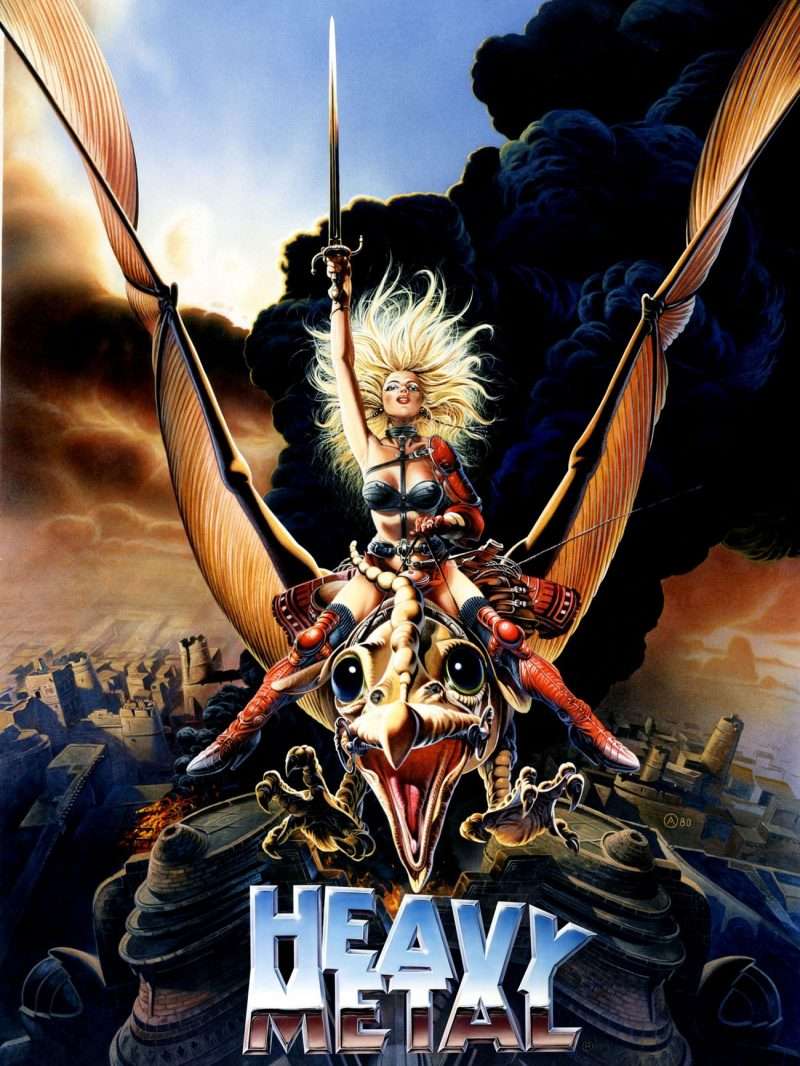
Heavy metal is premised on an astronaut bringing home a green, crystalline sphere for his daughter. Unfortunately, this sphere melts the father intimidates the young girl to further its evil motives. It introduces itself as ‘the sum of all evils’. This malicious sphere called the Loc-Nar corners the girls with fascinating yet bizarre tales of its influence.
The first of them is about a sceptical cab driver in a hi-tech, dystopian New York called Harry Canyon. He finds himself involved with a damsel in distress who is being pursued by vicious brutes wanting to possess the Loc-Nar after her father made its discovery.
The second story narrates the ventures of a geeky teenager who is thrown into Neverwhere, a fantasy world. Here, he changes into a bald, muscular, good-looking man called Den who all the beautiful ladies fawn over. But he soon gets tousled into a conflict that revolves around the possession of the Loc-Nar.
The third tale is of Captain Sternn, an attractive yet incorrigible rogue who stands trial on account of several severe charges that the Loc-Nar tossed into chaos.
The fourth story is about a World War II B-17 bomber plane that limps home after a bombing run, only to have the Loc-Nar ram into it and bring back the dead crew members as zombies.
The fifth story chronicles a voluptuous stenographer at The Pentagon, who happens to be kidnapped by a horny robot and a bunch of high aliens.
The final tale shows Loc-Nar mutating a peaceful word into an evil army. Only Taarna, the last of the Taarakian warrior race can save the victims and stop the Loc-Nar.
This 1981 Canadian-American adult animated science fantasy flick, directed by Gerald Potterton, happens to be one of the best animation movies that was ever created.
Based on the American sci-fi and fantasy comics magazine of the same name, Heavy Metal literally has everything. Violence, sex, nudity, humor, and an intelligent story – it’s all there. A true classic of the 80s, it gained a cult status eventually.
What is spectacular is how the different animation styles are depicted; it is bound to remind you of the days before CGI. One of these styles is the rotoscoping technique wherein animators trace over motion picture footage, frame by frame, to create realistic action.
The B-17 bomber, for example, was shot using a 10-foot replica and then animated. The same goes for Taarna; Toronto model Carole Desbiens was first used as a model for the animated character. Fantasy illustrator and painter Chris Achilleos then composed and painted the iconic promotional poster image of the film that features Taarna.
The outstandingly stylized and diversified animation, especially the impressive sceneries, space-vessels, and epic space stations, are aptly arresting along with Elmer Bernstein’s orchestral score. Do give Heavy Metal a watch, a picture that is truly deserving of its cult symbol.
Doomed Megalopolis (1991)
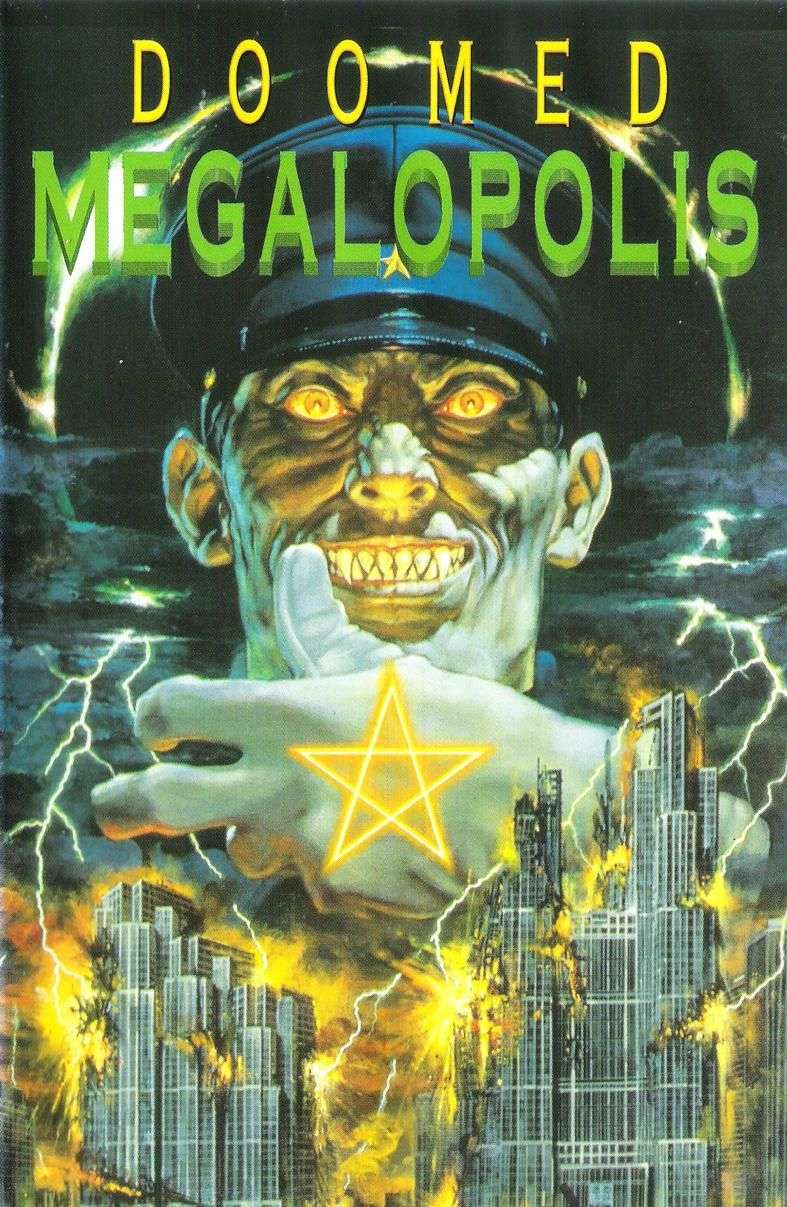
Japan in 1908 is undergoing a huge industrial revamp initiated by the impact of rdical western standards. Machinery and politics is gradually moving the Japanese society from its heritage of the past and Tokyo has become the main focus of this movement.
Yasumasa Hirai, from Kyoto, is summoned to advice on how to make Tokyo a more profitable city. Meanwhile, his rival Yasunori Kato, an evil politician, is plotting to destroy Tokyo to appease his ancestors. The future of Tokyo and the Japanese Empire now rests in the hands of these two.
Shigeyuki Hayashi’s Doomed Megalopolis is a supernatural anime adapted from Hiroshi Aramata’s popular novel, Teito Monogatarai. It can be credited with introducing the larger audience to the intriguing world of anime.
This four-episode series boasts an ample amount of suspense-filled scenes along with a plethora of interesting and also disturbing imagery. Remember Gakutensoku, the robot used in the third episode? Well, it happens to be 100% real and also marks Japan’s first modern robot that was created back in 1929.
Hayashi, while directing the animated adaptation, felt that his main challenge would be differentiating it from recent contemporaries, Tokyo: The Last Megalopolis and Tokyo: The Last War.
The director ultimately made up his mind to fully utilize the liberty given to him by animation and simply exploit the supernatural elements of the story. No wonder he came up with a far more illustrious style than would have been possible in live action!
And do we even have to mention the score by Kazuhiko Toyama? Waste no more time thinking whether you should jump on this anime bandwagon or not. Just give it a shot!
Waltz with Bashir (2008)
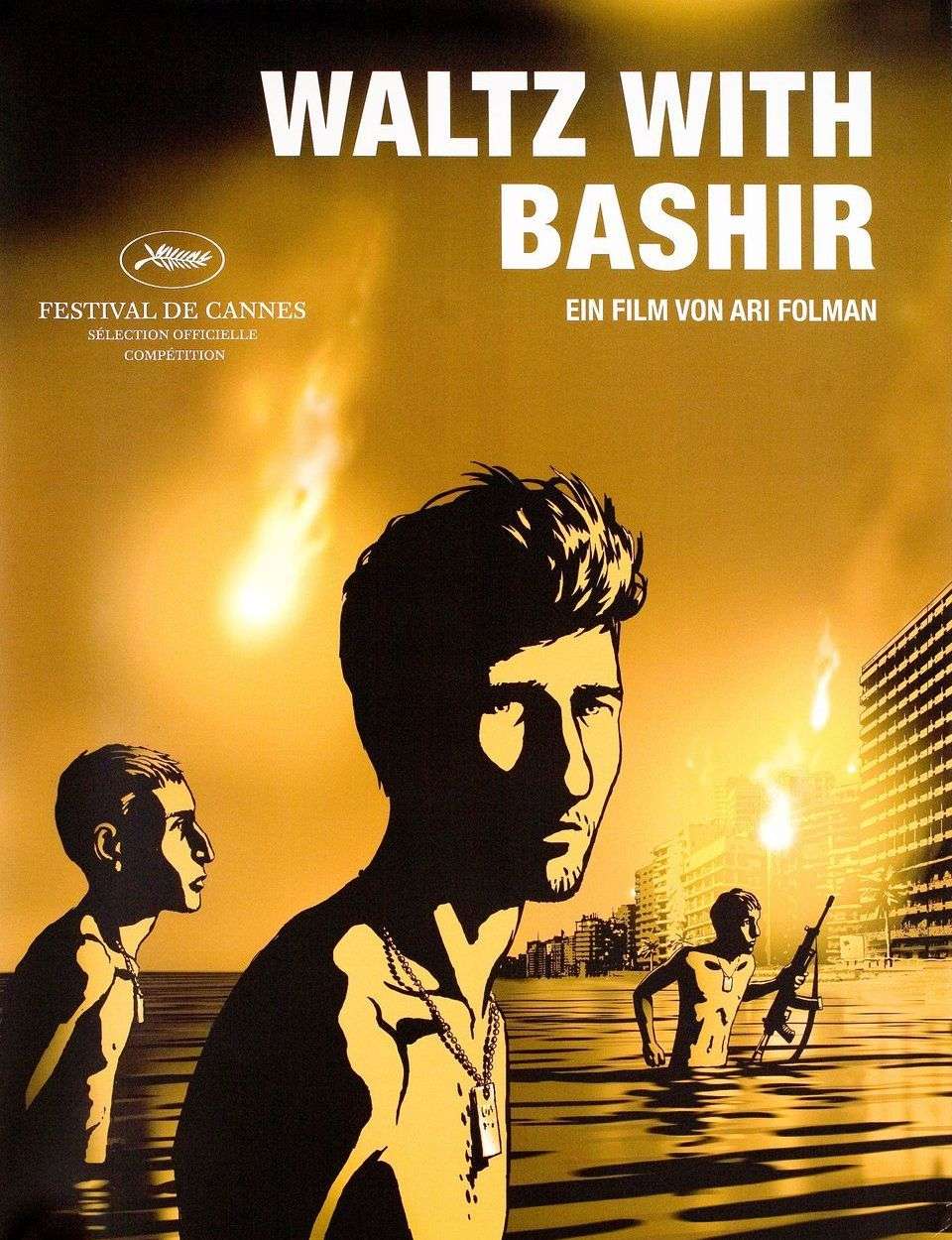
An Israeli filmmaker who had also served in the IDF during the Lebanon War, Ari Folman happens to meet a friend from his enlistment who tells him of his recurring nightmare of being chased by 26 dogs who appear to be very angry.
While he tries to connect the dreams with their experience during the War, Ari barely remembers anything substantial from his endeavours back then. To uncover the truth, he decides to interview his friends and comrades across the World. As he probes deeper into the matter, he discovers the true cause of his amnesia.
Writer, producer and director Ari Folman’s 2008 Israeli animated war docudrama, Waltz with Bashir, happens to be an avant-garde with ground-breaking animation. What is absolutely remarkable is its spectacular way of delivering its message about the Middle East in the most enthralling style.
This movie took four years to complete and was the first animated picture to be nominated for the Golden Globe Award for Best Foreign Language Film.
This exclusive work of art, unparalleled in its harmonious blend of raw power and unusual visual beauty, is a journey of self-discovery. There are a few people like Art director and illustrator, David Polonsky and director of animation Yoni Goodman, who have to be credited for putting their best effort and bringing life and zeal to it.
Even if the movie is animated, it has on display a lot of graphic violence along with some of the most haunting images one has ever seen. There are scenes that show horses dying on the streets, families being shot – all bluntly tragic.
The fantastic musical score by Max Richter enhances the movie with a magnificent depth and emotional impact to the stimulating visuals. There is this particular scene, from which the title of the film is derived, where one of Folman’s fellow soldiers waltzes literally in the middle of a shootout.He is shown firing a heavy machine gun while encircled by posters of Bashir – it is beyond riveting.
Do give Waltz with Bashir a shot; it is bound to stick with you!
Jin-Roh: The Wolf Brigade (1999)
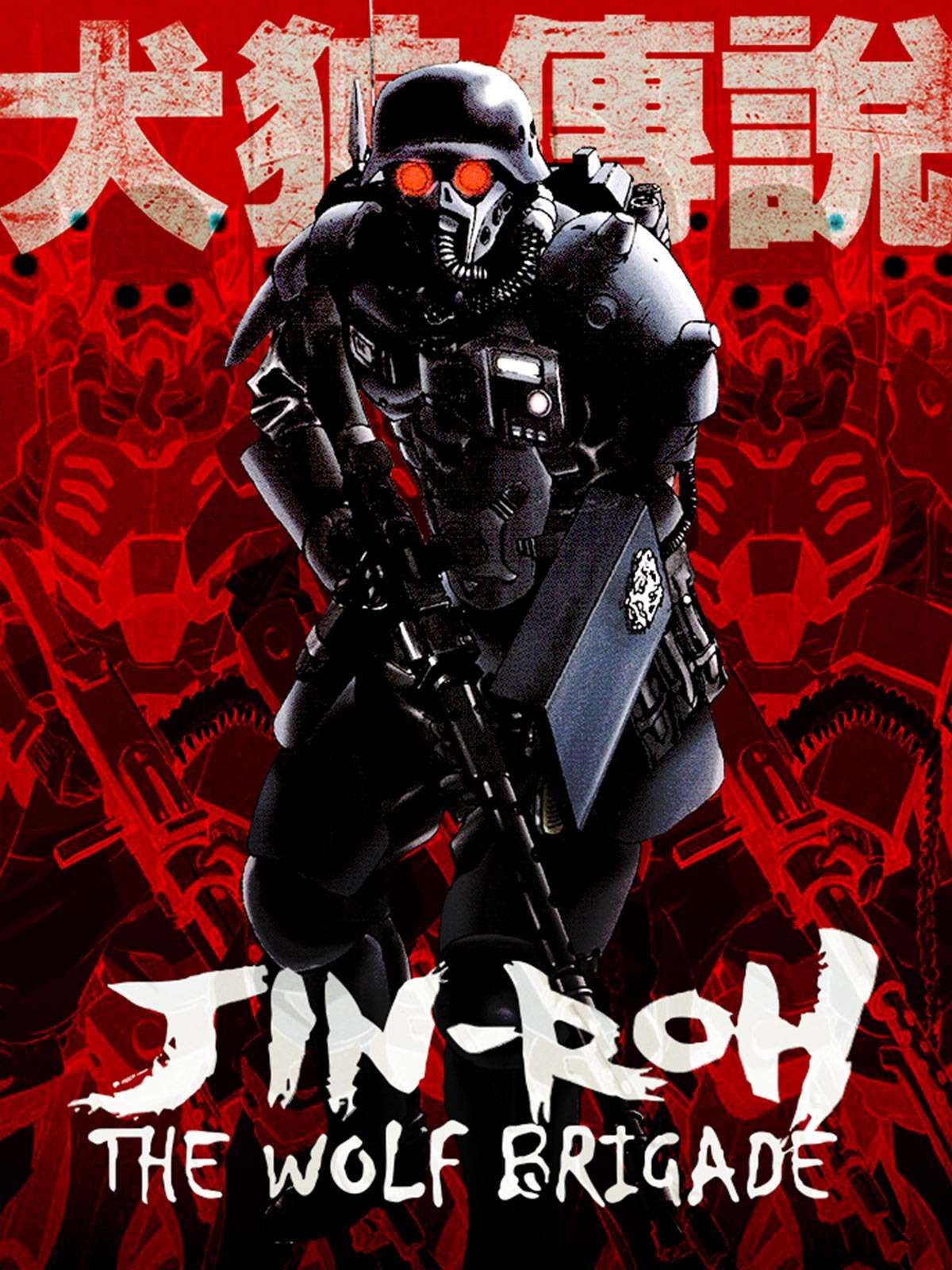
An ex-cop Kazuki Fuse was demoted after he refused to execute a suicide bomber who happened to be a young girl. Kazuki encounters a girl named Kei while paying a visit to the deceased terrorist’s grave. Kei claims to be her sister. The two forge a friendship but are soon drawn into the tussle between the government and terrorist organization.
Hiroyuki Okiura’s Jin-Roh: The Wolf Brigade is a Japanese political thriller that you will remember for years to come.
The movie can very easily be regarded as one of the finest animated features of all time, and the fact that it focuses more on the emotions of the characters over graphic bloodshed and action is what sets Jin-Roh apart from the rest of its contemporary releases.
Filled with an abundance of surprising twists, a grim atmosphere, eerily-familiar streets, and a brilliant musical score by Hajime Mizoguchi, everything contributes to Jin-Roh’s excellence. Do not miss out on this visually stunning anime!
Serial Experiments Lain (1998)
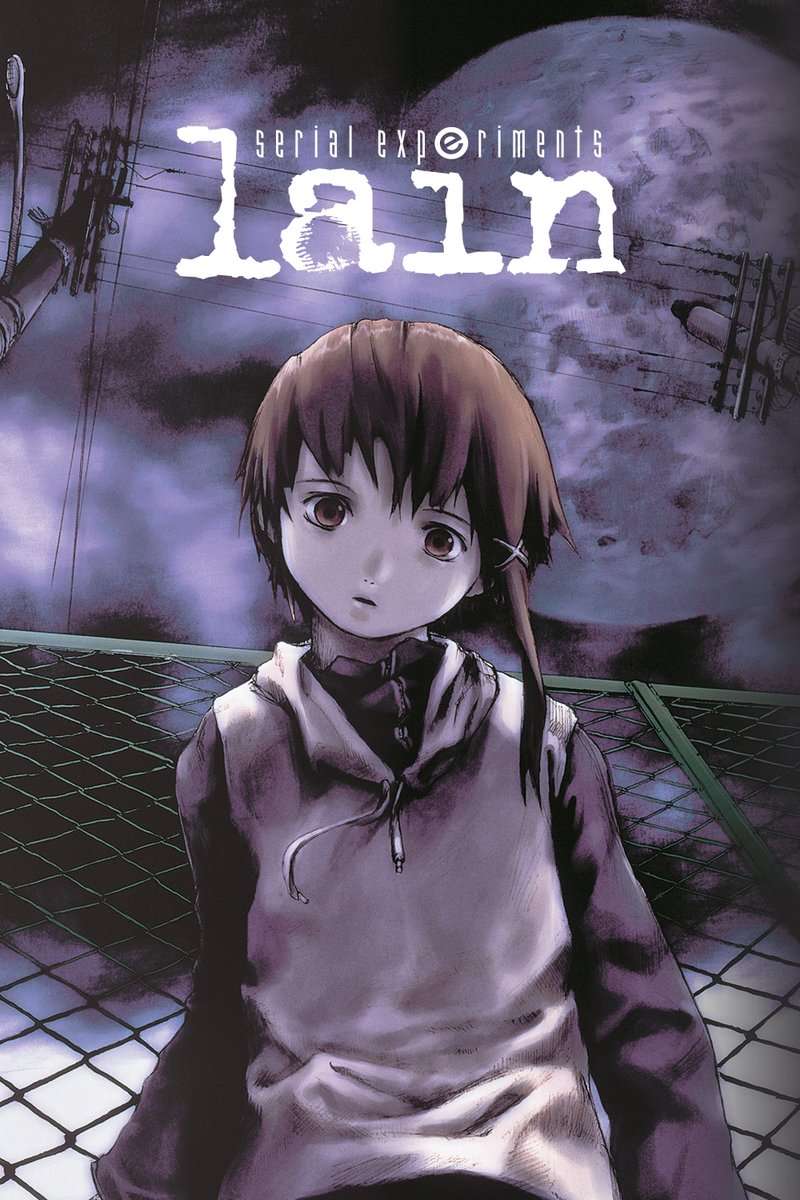
A week has passed since the suicide of a school student Chisa Yomoda when her classmates begin to receive emails from her. Lain Iwakura, a shy student who hears the gossip doing the rounds of the school also finds an email from the dead girl and engages in a conversation with her.
It is then that Yomoda tells Lain that she has only left her physical body and is currently residing within the virtual reality-world called Wired. What follows is Lain getting tangled in a series of confusing and bizarre events that find her digging deeper into the mystery of the network.
This 1998 Japanese experimental television series directed by Ryūtarō Nakamura and written by Chiaki J. Konaka happens to touch on themes of vivid materialism, and the complications that come with an entirely materialistic understanding of individuality.
Initially, the story might not make much sense, but trust us when we tell you that each episode builds new folds, which in turn creates quite the atmosphere. By the time you finish the series, everything will fall into place.
Director Nakamura takes a leap of faith with the style and presentation that makes Serial Experiments Lain a breath of fresh air. The slick blend of celluloid animation, computer graphics, and some live action footage creates a world that is completely unique to itself. So, rest assured, you will be in for a great experience as soon as you step into the world of Lain.
Golgo 13: The Professional (1983)
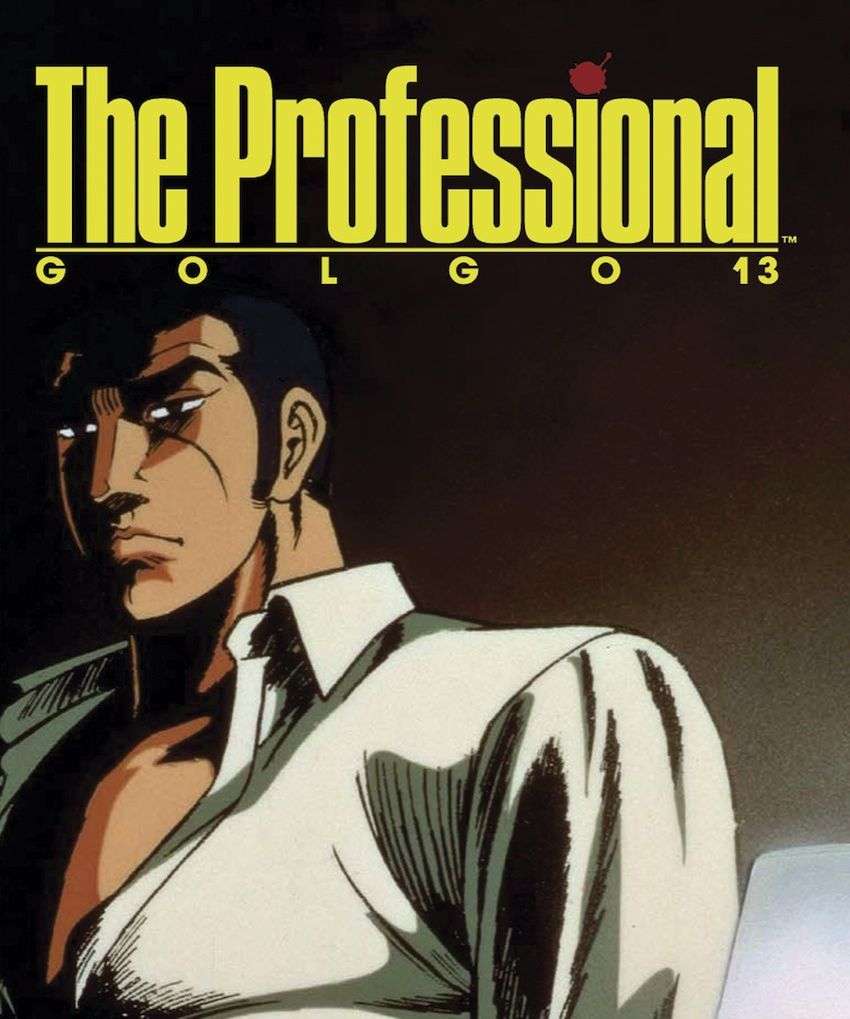
A professional assassin, Duke Togo, who is codenamed as Golgo 13 is a rather self-centred man with his mind only on his money. He is feared by his enemies and has his ways women, his life dominated by violence and sex.
Togo’s latest assignment required him to assassinate Robert, the son of oil tycoon Leonard Dawson. Togo carries out the task effortlessly with a single bullet but ends up attracting the wrath of a mourning father. Provoked by his son’s death, Mr. Dawson will stop at nothing to finish Togo off.
This 1983 Japanese animated action drama directed by Osama Dezaki has on display the agony and affliction of having to deal with the loss of a loved one to perfection. It will drive you to the edge of your seat right from beginning to end.
Bursting with scenes of outrageous detailed deaths and the generous usage of female nudity, this animated movie firmly happens to be for the adult audience. But having said that, Golgo-13 does not let these two elements overshadow its mechanical and profound features.
The cinematography by Hirokata Takahashi and editing by Mitsuo Tsurubuchi deserves a special mention. The transitional shift from the usage of freeze frames to slow motion scenes in order to split the screen is very stylishly done.
The animation is spectacular; the fact that distinctive hues and lighting effects are used to represent a certain character’s mood is simply marvellous. Not many know this but Golgo 13 also happens to be one of the first animated films to incorporate CGI animation. So, if you are in the mood for a nice crime thriller, look no further.
Ninja Scroll (1993)
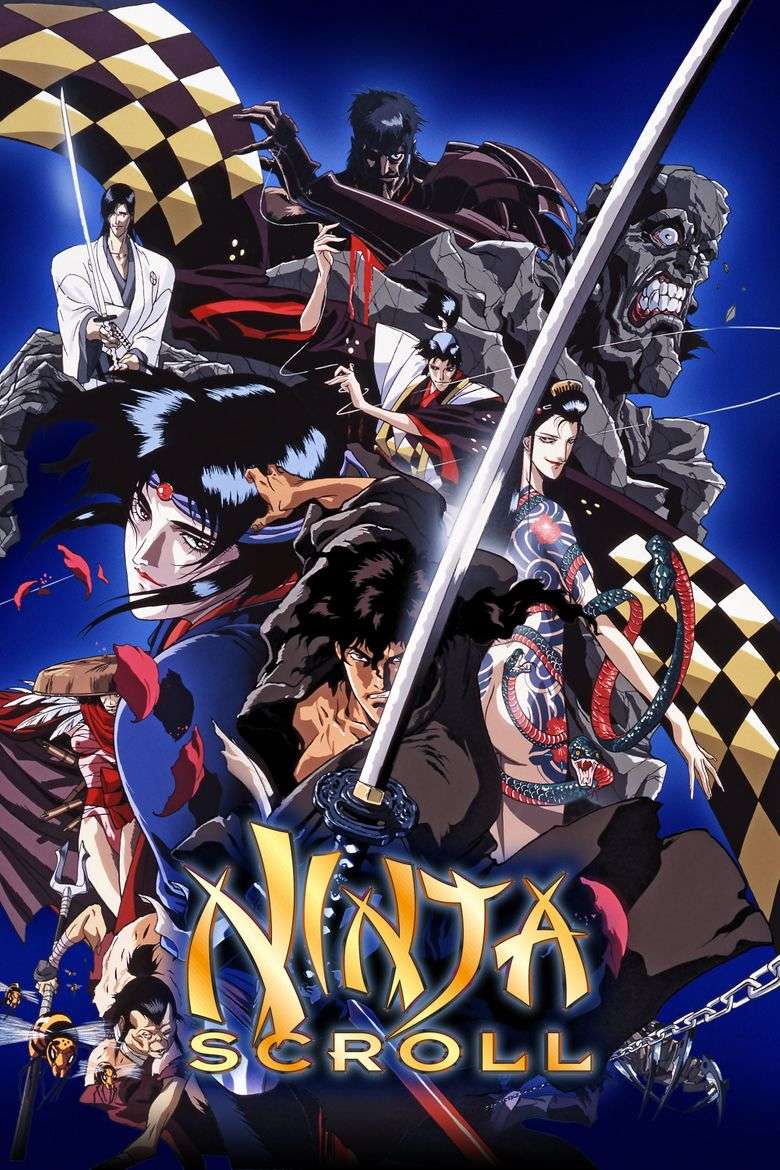
A plague has killed all the residents of the village of Shimoda. To investigate the matter, the current government sends a team of ninjas only for them to be massacred. The sole survivor, a woman named Kagero, is taken as a prisoner.
She is rescued by a mercenary swordsman Kibagami Jubei. However, his interest in her cause and expedition only happen to be temporary.
This 1993 historical fantasy written and directed by Yoshiaki Kawajiri happens to be highly praised for its beautiful animation and high-quality action sequences. It is often regarded as one of the most dominant anime films that was ever created, and is partly responsible for the growing popularity of adult-oriented anime movies outside of Japan.
As the film descriptively captures the periodic essence of the atmospheric world, you will be left astonished by the unique setting that is created. The crafty animation boasts of class, innovation, liveliness, and a variety of individual details that make their way into these strikingly beautiful visuals. The invigorating SFX renders the entire experience incredibly notable and the Eastern flavour found in the musical score by Kaoru Wada is beyond brilliant.
The fact that Kawajiri faced no limitations here made him create an illustriously pioneering and grand anime film that works in favour of every single frame. We highly recommend you give this a watch!
Belladonna of Sadness (1973)
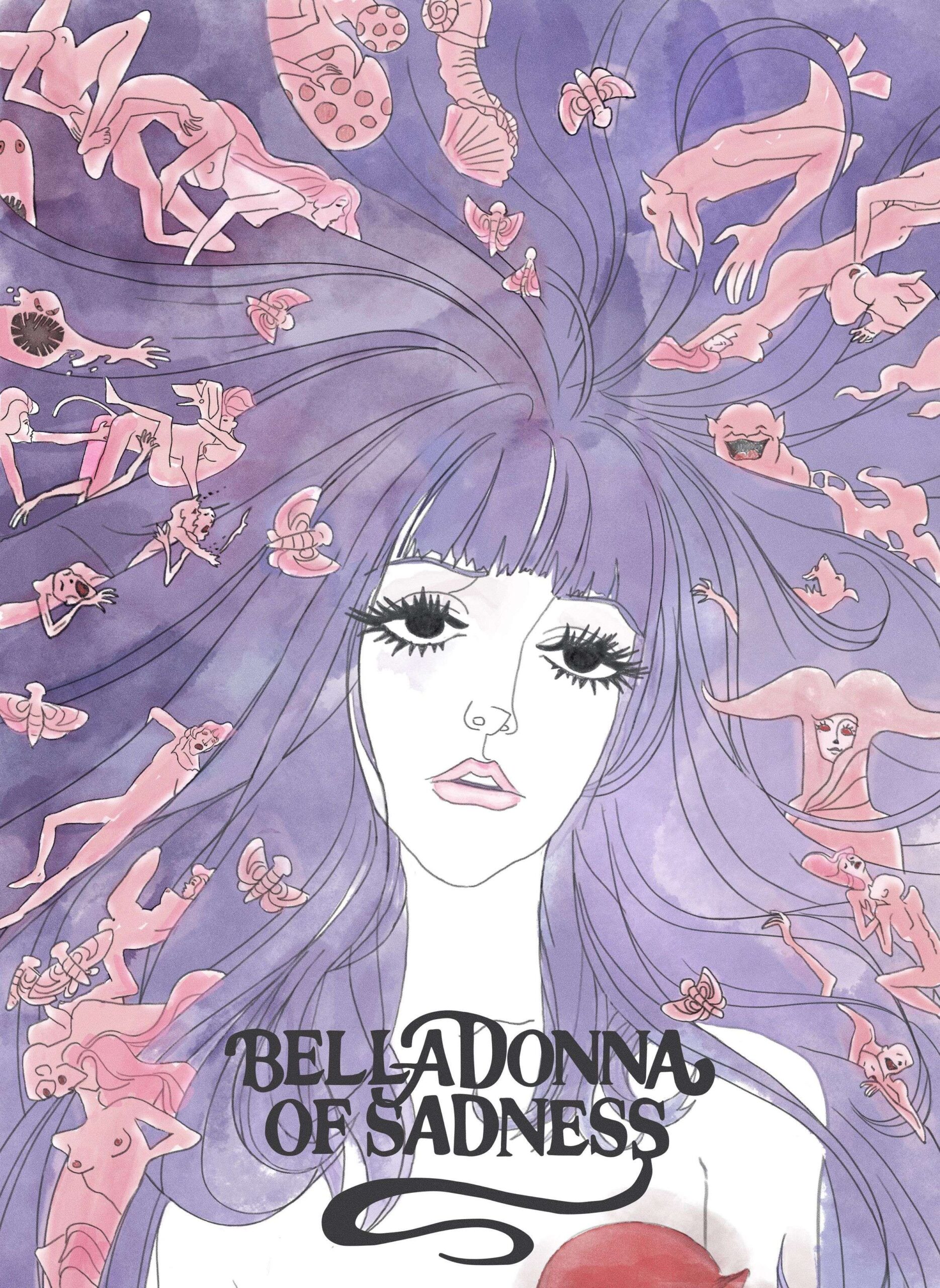
Jean and Jeanne happen to be the happiest newlyweds residing in a rural village in Medieval France. But their happiness is short-lived when their wedding night is brought to a halt after the evil local baron and his courtiers perform the ‘Droit du seigneur’ on Jeanne.
Life becomes difficult for the couple and Jeanne is consequently exiled from the village. Tired of her tribulations, she makes a pact with the devil to gain power and avenge the wrongdoings.
This 1973 Japanese art film, directed and written by Eiichi Yamamoto, will genuinely blow you away. The incredible gamut of artistic imagination along with Yamamoto’s style of direction levitating between the classical watercolour sketches and the transgressive underground comics is worth a mention. The cinematography by Shigeru Yamazaki and editing by Masashi Furukawa takes Belladonna of Sadness to an all-new level.
Heightening all of this is the brilliant musical score by Masahiko Satoh, which goes hand in hand with the visuals. The soundtrack is quite peppy given the era it came from and ranges from rock to psychedelic to way beyond.
The movie’s narrative reach may surpass its grip, but full credits to the excellent visual imagery that naturally manages to keep the viewers beguiled. Do not hesitate in giving this masterpiece a shot.
Tekkonkinkreet (2006)
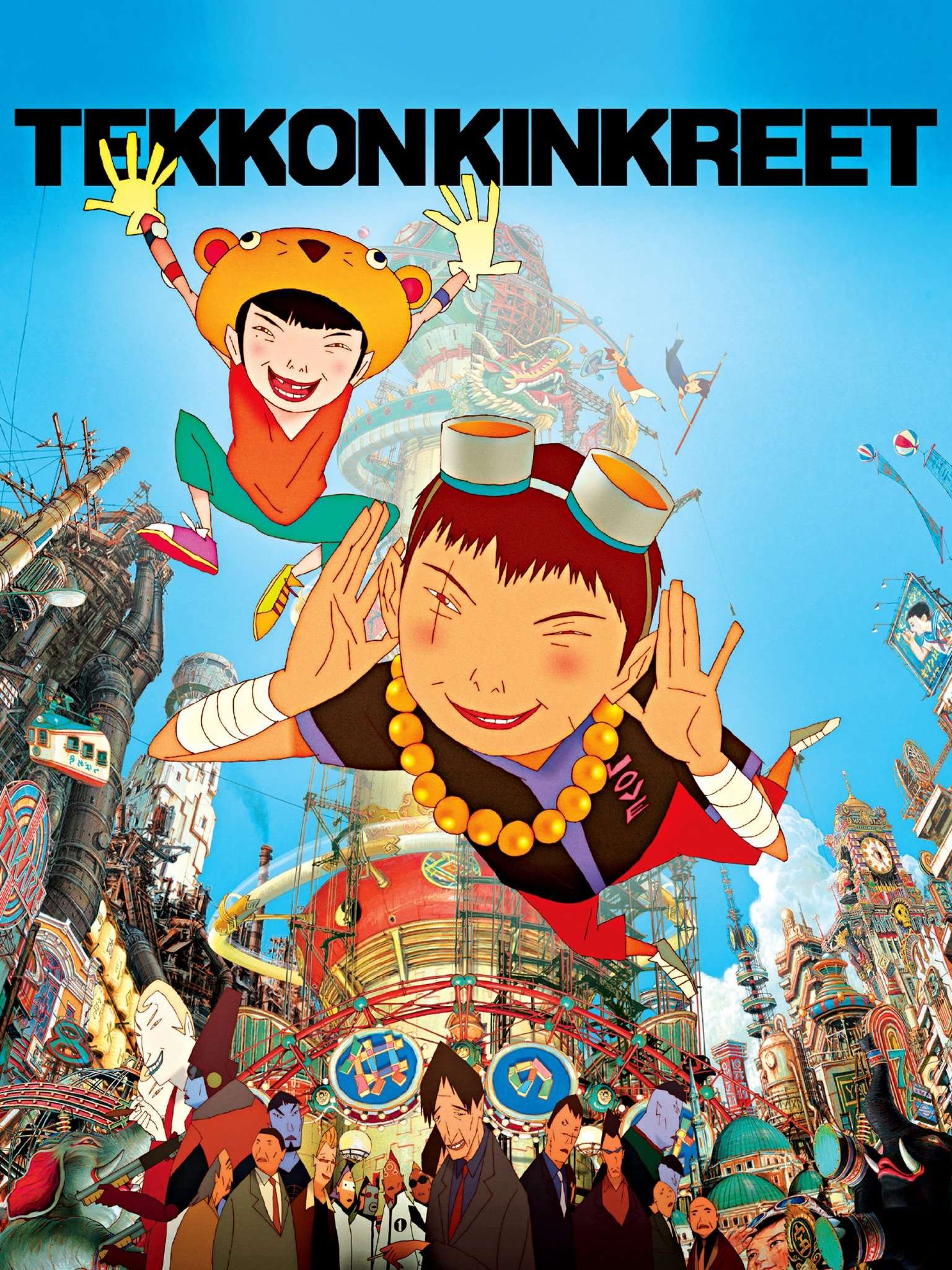
Two orphans, Kuro and Shiro try to keep control of the streets of the fictional pan-Asian city of Takaramachi. In spite of their extreme differences, the pair complements and supports each other. But the city also has a tinge of evil existing, which lays its sight on the duo, coercing them to get involved in a fight with a group of gang members and vicious assassins.
The 2006 Tekkonkinkreet happens to be the directorial debut of Michael Arias. This feature-length anime film boasts a striking combination of beautiful animation, background sounds, and sentiments, laying emphasis on the character interactions and arcs. Mixing in elements of corruption, vehemence, humour and imagination, Arias does a splendid job as the helmer.
The vibrancy of the colour palettes, the exceptional fluidity and the attentiveness paid to every miniscule detail is what makes this movie simply arresting. The work of the camera bouncily speeding through tall buildings and overpasses will literally give you a sense of claustrophobia. You also cannot miss out on the exciting action and chase scenes. Give Tekkonkinkreet a shot for the sheer brilliance of the animation it boasts. You won’t regret it!
Perfect Blue (1997)
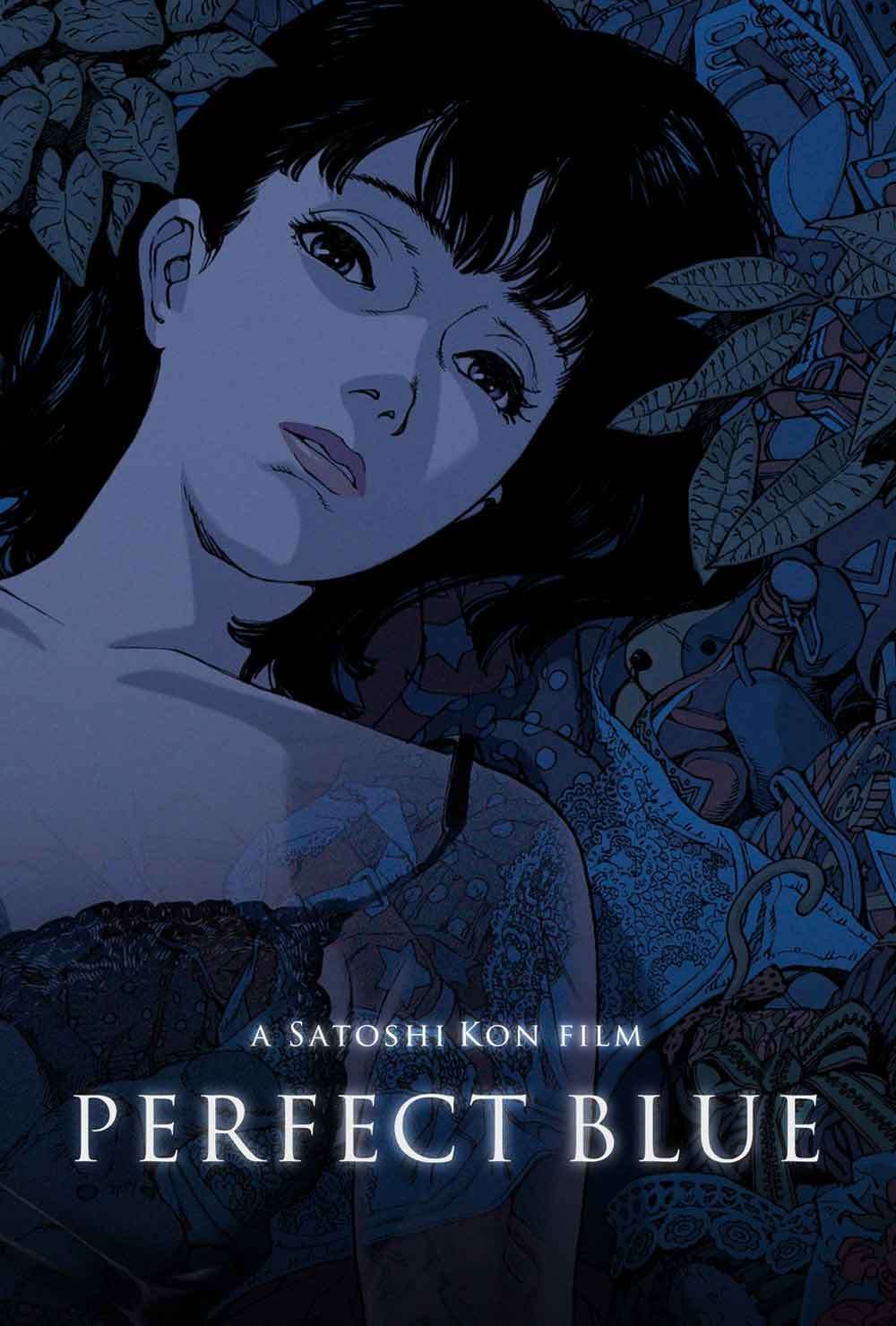
Mima Kirigoe, the lead singer of a Japanese idol group “CHAM!” is encouraged by her manager to become a full-fledged actress, following which she quits the group. Her drastic career alteration does not sit well with her male fans who start threatening her and post private information about her.
Eventually, those that helped Mima take up her new career are murdered while she continues to be pursued by a crazed fan who is willing to go to any extent.
This 1997 Japanese psychological thriller by Satoshi Kon is not only engaging but a sheer treat to the eyes. Perfect Blue initially begins as a regular thriller and then takes a complete 360 degree turn, confusing audiences with speedy changes of sequences, viewpoints and even the framework for that matter, till we just don’t know what to have faith in anymore.
The delicate handling of it makes it all the more enchanting. The diverse camera slants set a very dreamlike, mystic environment – remember the zoom out shot from Mima’s apartment? That was distinctly impressive. Hisao Shirai’s cinematography along with Harutoshi Ogata’s editing deserve a top-notch commendation too.
A raging success in every department, Perfect Blue is a great piece of work that is packed with sass and a lot of genuine scares. For a better impact, try watching the original Japanese version with the English subtitles. Just give it a chance if you chance upon it!
Street Fighter II: The Animated Movie (1994)
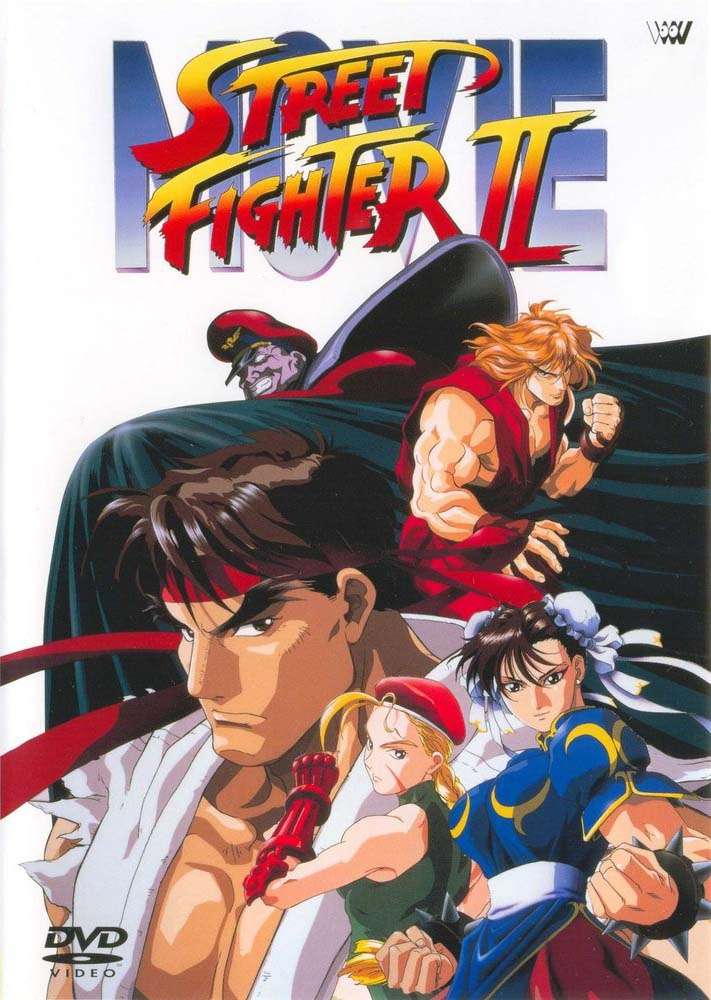
An enigmatic crime syndicate called the Shadowlaw is led by a ruthless leader named M. Bison who has been on the lookout for an extraordinary fighter for long. His quest ends when he finds a Japanese martial artist named Ryu who never stays long enough in one place for Bison to confront him.
However, Bison learns of Ryu’s American best friend and fighting rival Ken Master and decides to track him down and hypnotize him instead of Ryu. Meanwhile, Captain Guile of the United States Military joins enters into an alliance with Interpol agent Chun-Li to get his hands on Bison and end his saga of crime.
This 1994 anime film adaptation of the Street Fighter II fighting game is directed and written by the Japanese anime director and Nihonga artist, Gisaburō Sugii. The movie has on display mind-blowing martial art scenes, essentially capturing the real atmosphere of the videogame. Remember the introduction scene, where Ryu fights Sagat? Well, that is probably one of the best intros that an anime film has ever come up with.
The frame rate in Street Fighter II is extraordinarily slick, so good that it literally looks rotoscoped. The artwork is magnificently thorough, and the fighting scenes look realistic.
Every punch is animated; the close-up shots as well as the long ones are used extensively to give a very lively watching experience. We also have Tetsuya Komuro and Yuji Toriyama’s musical score hitting all the right chords.
Street Fighter II happens to be a great movie in its own way, and we highly recommend you give it a watch.
Paprika (2006)
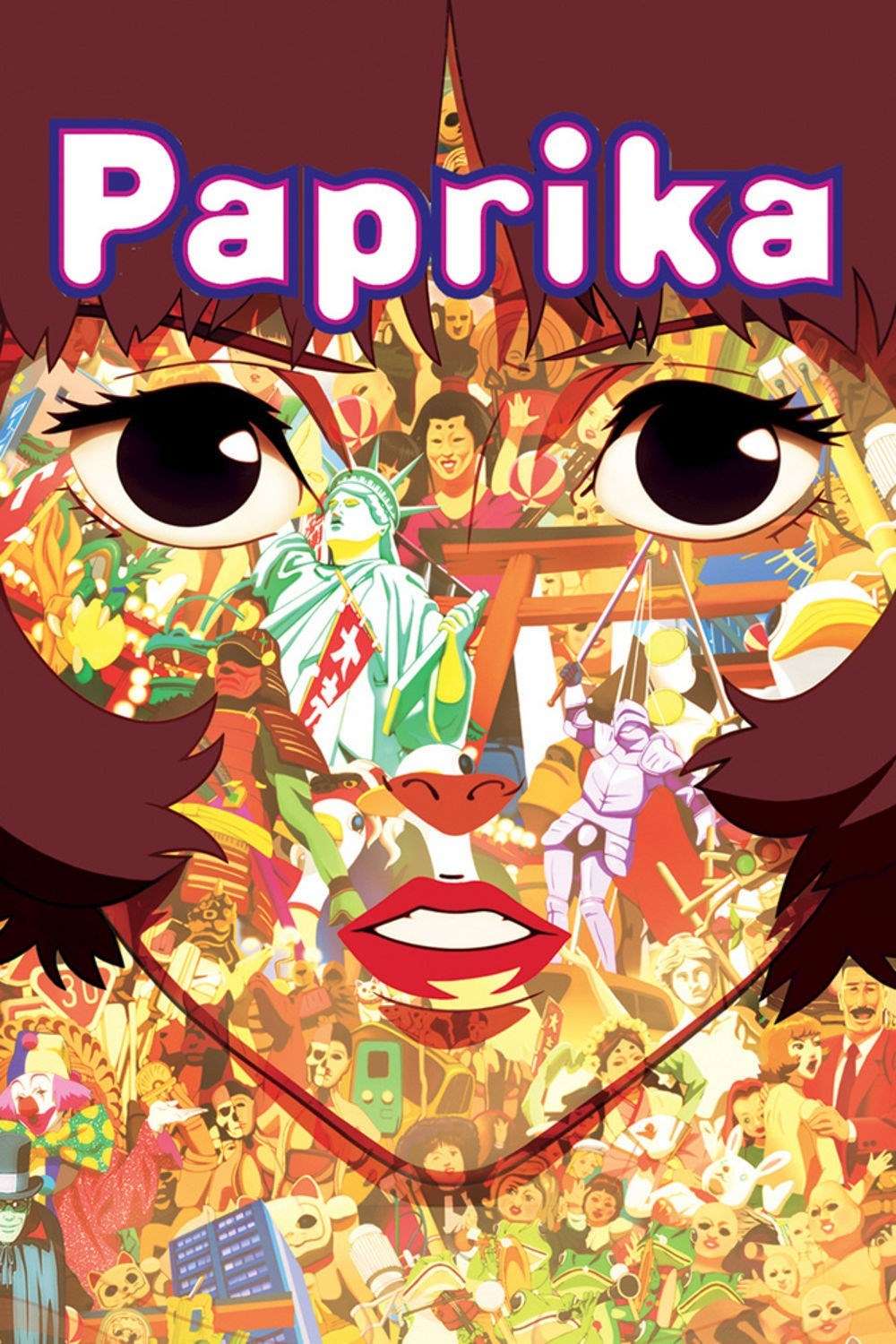
Paprika is premised around a group of scientists who are in the process of developing a device called DC Mini. This will permits its user to record and see other people’s dreams. Unfortunately, a thief gets their hands on the device and soon starts using it to control and terrorize others. Consequently, chaos ensues and soon the harsh reality seeps in, beginning to take a different meaning.
This 2006 science fiction thriller by Satoshi Kon is a visual spectacle. It takes a meticulous person to come up with a feature film as good as Paprika and for this, the late director and co-writer deserves every bit of credit.
He mixes reality and dreams in a way that is only possible through animation. This dream-based anime is profoundly textured with a riot of luxe colours and a plethora of ingenious ideas, making it possibly his best and indisputably the most beautiful work. Not many know this, but Christopher Nolan’s Inception was actually inspired by Paprika.
The plotline tends to get more compound as the movie progresses and so does the imagery. Also remarkable is Susuma Hirasawa’s musical score that is infectiously good, especially the opening piece. Do be sure to check out this masterpiece; you will regret it if you don’t.
